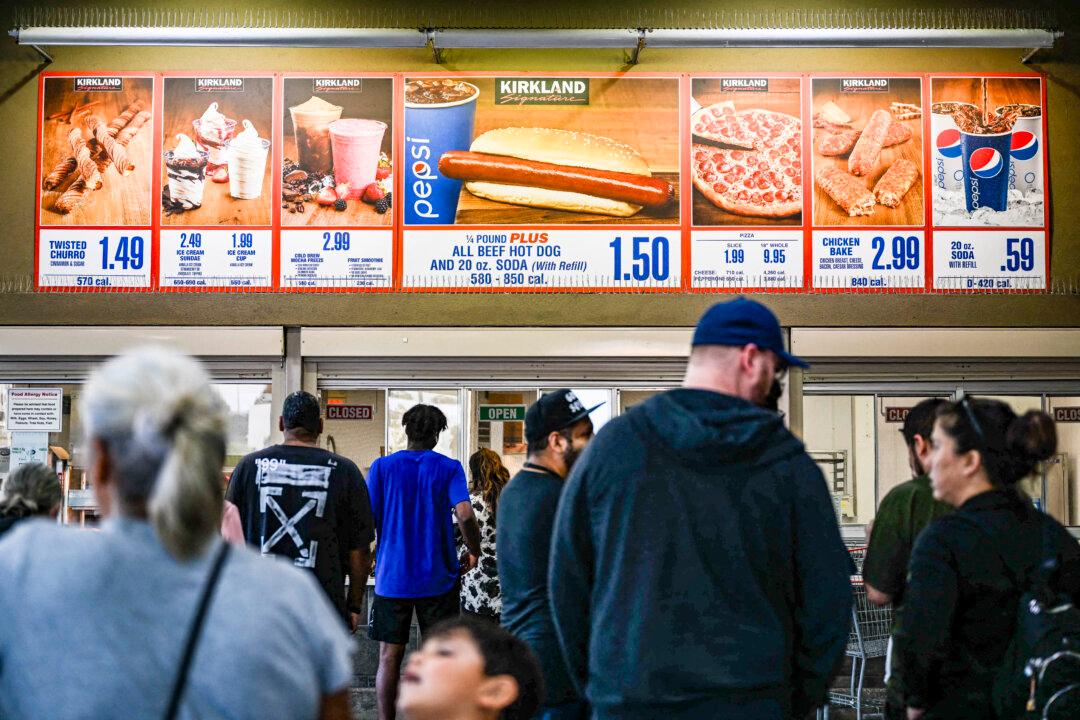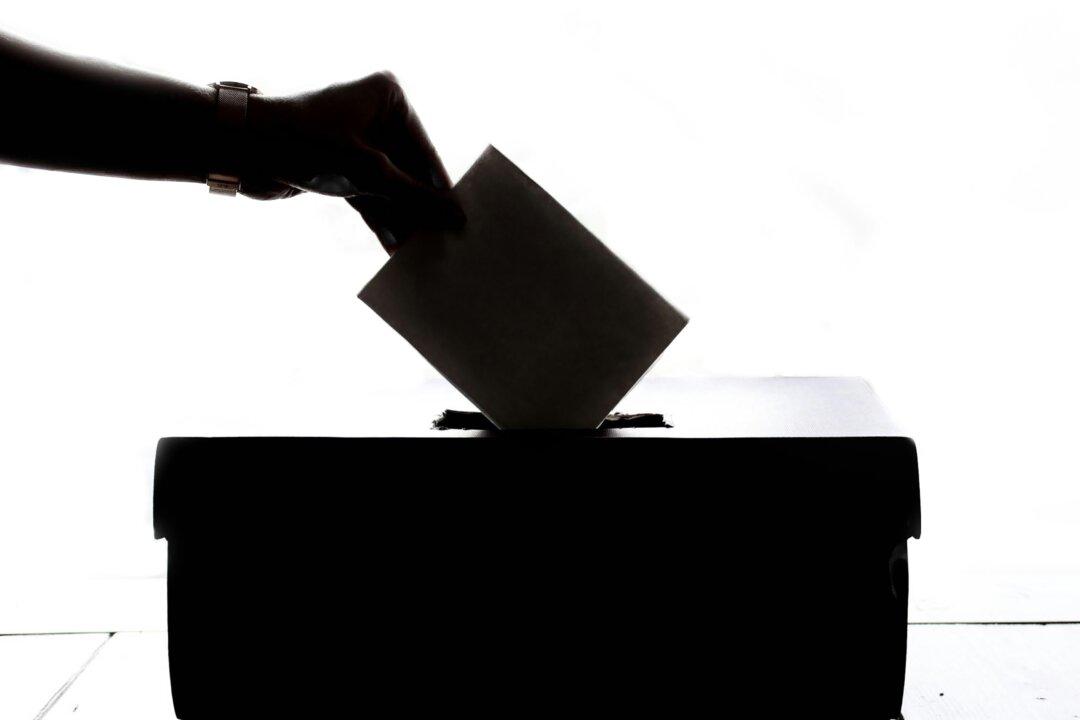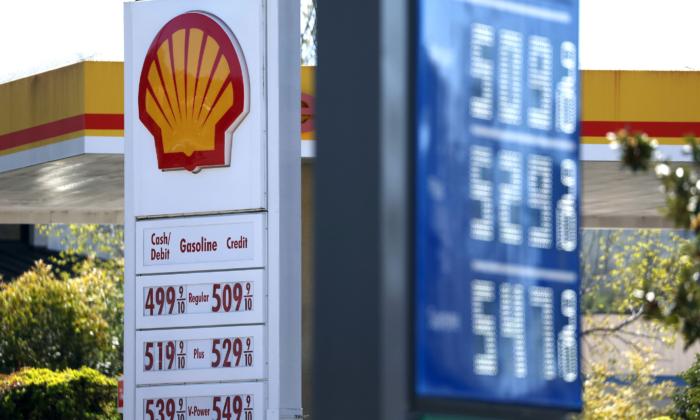Costco bending over backward to continue to price hot dogs at $1.50 will no doubt go down as one of the most effective uses of loss leader in corporate history.
Commentary
Costco’s new chief financial officer, Gary Millerchip, sent disciples of the ultra-low-priced warehouse chain into ecstasy when he
told Wall Street analysts in May that the price of its legendary $1.50 quarter-pound, all-beef hot dog and soda with free refills would, despite raging inflation, remain at the price it has held for about four decades.
“To clear up some recent media speculation, I also want to confirm the $1.50 hot dog price is safe,” Mr. Millerchip said, correcting an iffier statement that had been made by his immediate predecessor, Richard Galanti.
A free market means sellers having full freedom to set the prices of their wares or services, even if it includes the “
loss leader” practice of selling at a price that seems to lose the business money. There are many reasons that a retailer sells something at a money-losing price, such as to make a splash as a new business in first entering a market or to engender customer loyalty—which can result in sales of other items that do make a profit.
An infamous case of loss-leader strategy was the federally subsidized Chevrolet Volt plug-in hybrid car of the last decade, a four-seater originally costing nearly $40,000 even after the $7,500 federal check for each buyer. A showcase for the new, post-2008 financial crisis General Motors, which was purchased courtesy of the taxpayers by the Obama administration, its sales were disappointing. But GM
insisted that the Volt, fleets of them parked unsold in dealer lots, wasn’t a product designed to make money but, rather, an assertion of “vision and leadership.”
If a supermarket wants to lose money on half-gallons of milk located in the back of the store because it believes shoppers will, during their long stroll, grab a few of the profit-generating items on the shelves between the entrance and the dairy section, it should have every right to do so. This is Costco’s thinking, since each of its more than 600 aircraft-hangar-like stores in the United States is like a Disneyland of rock-bottom deals on everything from groceries to clothes to appliances.
Another celebrated example and resoundingly successful use of loss leader is Gillette
selling its razors at far below cost, then pulling in lots of revenue through sales of replacement blades made exclusively for its own razors, while at the same time building a large customer base that leads to sales of other of its products with big profit margins, such as aftershave and deodorant.
Costco or Gillette’s competitors, or the news media, of course, has every right to call out the practice as a cynical ploy. Even running rival businesses into the ground is a legitimate motive for loss-leader pricing; after all, the materialization of any new competitor offering attractive prices can be deemed an unfair burden that could crush a long-established, popular small business. Once government is allowed to make judgments on what constitutes unlawful “predatory” pricing, there is no knowing how much healthy competition it will restrict.
Utilized in what looks to be such cutthroat purposes, loss leader facilitates and accelerates “creative destruction,” the term used by socialist economists Joseph Schumpeter and Werner Sombart to describe what Marx had vilified as capitalism’s “constant revolutionizing of production” and “uninterrupted disturbance of all social conditions.” The unprofitable neighborhood deli shuttering in the wake of the low prices offered by the supermarket chain opening a new store a short drive away is as much an example of creative destruction as the dislocation caused by Henry Ford’s assembly line or the brick-and-mortar businesses that could not survive the online marketplaces of the internet. Who visits the mall to sit down with a travel agent when they can click on booking.com, begun by a recent graduate of a Dutch technical college nearly 30 years ago? (Answer: no one; such physical travel agencies no longer exist.)
For government to poke a finger in the dike holding back creative destruction is to seek the artificial prevention of the inevitable, like attempting to hold back the Industrial Revolution. If politicians crusade against loss leader, declaring it an immorality, can it be long before it will criminalize free samples or giveaways by retailers? Absent the liberty to set prices there is no economic freedom in a free country.
In Costco’s case, loss leader is turned somewhat on its head, since its customers are providing it with its profits before they even have access to the head-spinning deal at the snack bar. The members-only warehouse club has become the world’s third-largest retailer, and with a razor-thin 2 percent profit margin, Costco
makes its real money—$242 billion in revenue last year—through the $60 annual fee it charges for a membership card (double that for an executive membership providing reductions on some already low prices, plus some fringe benefits).
After shelling out that kind of dough for the privilege of being able to flash your card at the door, to walk in and see that impossible-to-believe deal at the snack counter for the iconic American junk food meal of frankfurter and fizzy drink provides a strong jolt of psychological validation. If one had doubts about parting with that $60, they might be allayed, replaced by self-congratulation.
The $1.50 deal, however, dates all the way back to 1983, which means that adjusted for inflation Costco members were at that time paying today’s equivalent of about $4.60. It was then that Costco’s co-founders, Jeffrey Brotman and retired Jim Sinegal, expressed the sentimental hope that the price would never rise. In the decades since, some unusual efforts have gone into
keeping intact today’s version of Vice President Thomas Marshall’s tongue-in-cheek pronouncement that “what this country needs is a good five-cent cigar” from 110 years ago.
For instance, to avoid reliance on the greater expense of outside suppliers, Costco established its own hot dog manufacturing plants in Los Angeles and Chicago. In January, Joey Kinsley of Cleveland spent a whole week eating nothing but Costco’s $1.50 hot dogs and soda, chronicling the experience on social media and explaining that he was doing so to take refuge from inflation. “It’s a deal that is unheard of in 2024,” Mr. Kinsley
told Fox News.
If Costco’s $1.50 hot dog and soda went by the wayside, it would have a symbolic force not unlike Dollar Tree
announcing that “in the midst of unprecedented inflation, Dollar Tree recently changed its primary price point to $1.25”—the absurdity of the dollar store no longer charging a dollar on most items. In fact, last month Dollar Tree further announced that its prices are rising to $1.50 on average, with some products to be sold at $7.
So Costco bending over backward to continue to give away hot dogs for $1.50 will no doubt go down as one of the most effective uses of loss leader in corporate history, as its $60 and $120 memberships get renewed en masse year after year. But any notion that seeing that amazing price of yesteryear on the sign above the counter will persuade people into believing that inflation might not be as high as they think is belied by what consumers see just about everywhere other than at the warehouse snack bar.







